Dubai, which was formerly a desert with little water, is now home to some of the wealthiest individuals on the planet. You may assume that oil is the source of all this money, but it’s shocking to learn that oil only accounts for only 1% of Dubai’s GDP. So, how did Dubai expand so quickly, and why hasn’t it been copied by other nations?
It’s an intriguing story. The United Arab Emirates (UAE), a country made up of seven kingdoms (emirates) that chose to come together and form a single entity, is located west of India. Due to their similar names, cities and kingdoms can occasionally be confused with one another. For instance:
How Dubai Became a Global Hub of Wealth and Luxury
- Emirate of Dubai is the kingdom, and Dubai City lies within it.
- Emirate of Abu Dhabi is the kingdom, and Abu Dhabi City lies within it.
The UAE has a president and a prime minister, much as other nations. The King of Dubai always serves as the Prime Minister, while the King of Abu Dhabi always serves as the President, making their appointment special. You may see both ultra-modern buildings and traditional landscapes coexisting in the same nation because of this framework, which keeps power concentrated in Abu Dhabi and Dubai.
We must go back in time to comprehend Dubai’s ascent. By 1820, the region was largely desert and governed by different Sheikhs in little areas known as Sheikhdoms. Under the Abu Dhabi Sultanate, Dubai was a little fishing hamlet.
In 1833, Sheikh Maktoum Bin Butti separated Dubai from Abu Dhabi and established it as an independent state. He is considered the founder of modern Dubai, and the ruling family today still belongs to his lineage.
This combination of strategic leadership, unity, and visionary planning laid the foundation for Dubai to become the global economic hub it is today.
By 1853, the area was being used as a vital route from London to Bombay by the British, who controlled a large portion of the world. But pirate attacks on British ships were well-known in the region. The British established a ceasefire arrangement that guaranteed safety with the local Sheikhs of present-day Dubai and Abu Dhabi in order to safeguard their commerce. The area was thereafter referred to as the Trucial States, and Dubai was a part of this alliance.
Later, when nations like France and Russia showed increasing interest, the British kept up their foreign policy management and defense of the Trucial States. However, because the region was mostly a strategic stopover encircled by desert and produced little profit, they did not invest in development. Dubai was still a little community at the time and was more well-known for its pearl trade than for fishing.
The turning point came in 1958, when Sheikh Rashid Bin Saeed became the ruler of Dubai. Inspired by European cities during his visit in 1959, he envisioned transforming Dubai into a global hub for trade, transport, and finance. Dubai’s strategic location in the Persian Gulf—connecting Asia, Africa, and Europe—made this vision feasible.
Sheikh Rashid focused on improving Dubai Creek, which was initially navigable only by small boats. He expanded and deepened it to allow large ships to dock, investing heavily and even taking loans despite criticism for the high costs.
In 1966, oil was discovered in Dubai, but the reserves were limited compared to neighboring countries. Sheikh Rashid wisely invested oil revenues into infrastructure development rather than relying solely on oil. He famously said:
“My grandfather and father rode camels, I drive a Mercedes, my son will drive a Land Rover, and his son will also drive a Land Rover—but his son may return to camels. That is why Dubai must grow beyond oil.”
During this period, Dubai also gained independence from the British. Maintaining security had become too costly for Britain, so they withdrew in 1968. By December 1971, the seven emirates united to form the United Arab Emirates, with Ras Al Khaimah joining a year later. Dubai became a key emirate within the UAE.
Recognizing the importance of trade routes, Sheikh Rashid built Port Rashid in 1972, attracting ships and creating large-scale commercial activity. In 1979, seeing its success, Port Jebel Ali was built, which remains the largest port in the Middle East.
Rather than taxing the ports heavily, Sheikh Rashid made a bold move: he declared Jebel Ali a commercial free zone, eliminating import, export, and manufacturing taxes. This strategic decision turned Dubai into a global trade hub and encouraged international business.
To sustain Dubai’s growth, skilled foreigners were invited to work in the city. Sheikh Rashid understood that skilled manpower, technological knowledge, and adaptability were crucial for long-term development. Dubai’s rapid growth was driven not just by resources, but by vision, bold decisions, and investment in infrastructure and talent.
During that period, Karachi Airport in Pakistan was a major hub for international flights, connecting routes from America to Europe and beyond. Pakistan International Airlines thrived due to its strategic location. Sheikh Rashid recognized that Dubai could also become a key aviation hub because of its ideal location. He invested heavily in building runways to accommodate international flights. This allowed airlines like Singapore Airlines, Air India, and Malaysian Airlines to use Dubai as a refueling stop between Asia and Europe.
But Sheikh Rashid didn’t stop there. In 1985, he launched Air Emirates, aiming to divert global airline traffic to Dubai. With strong government backing, financial assistance, and tax exemptions, Emirates gradually surpassed competitors, taking the lead not only regionally but eventually on the global stage. Sheikh Rashid personally oversaw expenses and ensured the airline stayed competitive.
While developing ports and airports, Sheikh Rashid also envisioned Dubai as a tourist destination. He realized that attracting visitors required more than ports; people needed comfort and facilities. Dubai implemented open regulations and provided exceptional services to encourage tourists to stay longer, kickstarting a booming hotel and tourism industry.
By 1990, Sheikh Rashid aimed to attract tourists from around the world. However, initial efforts fell short, so Dubai introduced glamour and unique attractions, building luxury projects on artificial islands. Unfortunately, Sheikh Rashid passed away that same year, and his son, Sheikh Mohammed Bin Rashid, took over.
Sheikh Mohammed accelerated his father’s vision. He collaborated with world-class architects, like Daniel, who had designed modern Chicago, to ensure Dubai’s projects were not just functional but globally iconic. Massive infrastructure projects required innovative water management systems, including desalination to provide drinkable water.
Alongside tax-free ports, Dubai introduced a tax-free policy for residents and businesses, funding development instead through oil exports, tourism, and trade. This attracted wealthy entrepreneurs and global companies to relocate their headquarters to Dubai. Today, Dubai has a population of around 3.5 million, but only 300,000 are Emirati citizens.
Dubai maintains strict citizenship laws: only those born before 1925 or with Emirati parentage are eligible. Foreigners can acquire citizenship under special conditions, such as being renowned artists, scientists, doctors, or investors with over ten years of experience, recognized achievements, and a clean record. Even then, citizenship does not grant voting rights, but it offers numerous benefits, including free education, healthcare, housing allowances, and cost-of-living support.
Dubai’s strategic vision in aviation, tourism, and business, combined with innovative infrastructure and smart policies, has transformed it into a global hub that attracts talent, investment, and visitors from all over the world.
Dubai provides extensive benefits to its citizens, almost like a monthly income. If a citizen works in the private sector, they also receive a top-up of around ₹1,50,000. Citizens without land can request plots from the government. Emiratis enjoy job preferences, subsidies, and numerous perks, effectively making them millionaires by birth. These benefits are designed to ensure citizen happiness, which prevents social unrest. During the 2011 Middle East protests, Dubai saw no major protests, showing that citizens largely support the system.
Dubai is essentially an autocratic Islamic state, where citizens enjoy comfort and security. However, this prosperity is not universal. The city’s rapid development relied heavily on foreign workers, mostly from India, Pakistan, Bangladesh, Nepal, and the Philippines. These workers often face poor working conditions, low pay, and exploitation.
Foreign labor in Dubai operates under the Kafala system, where employment and residency visas are tied to employers. This gives employers significant control over workers’ legal status. Leaving a job without permission can be treated as a crime, exposing workers to penalties. Reports in Western media often describe this system as modern slavery, highlighting practices such as:
- Employers confiscating passports, visas, and phones
- Overcrowded living conditions
- Contracts signed under language barriers
- Passports sold or transferred to other employers
- Excessive work hours, unpaid wages, and denial of holidays
A 2014 Human Rights Watch report revealed severe abuse, especially among female workers, who were forced to work 20-hour days, sleep less than 4 hours, and were isolated from families. In response, the UAE introduced new labor protection laws in 2017, improving conditions somewhat. However, a 2022 report by The Guardian exposed ongoing violations, including passport confiscation and labor law breaches.
While male citizens enjoy significant privileges, female citizens face stricter rules. Notable incidents highlight this:
- In 2018, Princess Latifa, daughter of Sheikh Mohammed bin Rashid Al Maktoum, attempted to escape to India via Oman seeking asylum. She was intercepted and returned to Dubai. Later, in 2021, she secretly recorded a video claiming she was under custody and in danger.
- In 2019, Princess Haya Bint Al-Hussain, the ruler’s wife, fled to England with her children and was granted asylum.
- Shamsa, sister of Princess Latifa, disappeared in 2000 during a vacation in London, was later kidnapped and brought back to Dubai. In 2020, a UK court confirmed her kidnapping was ordered by her father.
These incidents show that while Dubai is a modern and globalized city, it remains conservative and authoritative in governance. The city’s rapid progress is undeniable, but the underlying system reveals complex social and labor challenges, particularly for foreign workers and women.
FAQ: How Dubai Became a Global Hub of Wealth and Luxury
Q1: How did Dubai transform from a desert village into a global hub?
A1: Dubai’s transformation began under visionary leaders like Sheikh Maktoum Bin Butti (founder of modern Dubai) and Sheikh Rashid Bin Saeed, who invested in infrastructure, ports, and airports. Strategic location, tax-free zones, and skilled foreign workers helped Dubai become a global trade, tourism, and finance hub.
Q2: Is oil the main reason for Dubai’s wealth?
A2: Surprisingly, no. Oil contributes only 1% of Dubai’s GDP. Dubai’s growth was driven by trade, tourism, real estate, aviation, and foreign investment.
Q3: What role did Dubai Creek and ports play?
A3: Dubai Creek was expanded to allow large ships, leading to the creation of Port Rashid (1972) and Port Jebel Ali (1979). Jebel Ali was declared a tax-free commercial zone, attracting global trade and making Dubai a shipping and logistics hub.
Q4: How did Dubai become an aviation hub?
A4: Sheikh Rashid invested in runways and airports, making Dubai a refueling stop for international flights. In 1985, Emirates Airlines was launched, supported by government subsidies and tax exemptions, eventually becoming a leading global airline.
Q5: How did Dubai develop tourism?
A5: Dubai created luxury hotels, artificial islands, and glamorous attractions to attract international tourists. Open regulations and high-quality facilities encouraged visitors to stay longer, boosting the economy.
Q6: Who governs Dubai and the UAE?
A6: The UAE is made of seven emirates. The King of Abu Dhabi serves as President, while the King of Dubai is always the Prime Minister. Power is concentrated in Abu Dhabi and Dubai, allowing consistent long-term planning.
Q7: How many citizens and foreigners live in Dubai?
A7: Dubai has about 3.5 million residents, but only 300,000 are Emirati citizens. Most residents are foreign workers from India, Pakistan, Bangladesh, Nepal, and the Philippines.
Q8: What benefits do Emirati citizens receive?
A8: Emiratis enjoy monthly allowances, housing, free education, healthcare, land plots, subsidies, and job preferences. These benefits ensure high citizen satisfaction and stability.
Q9: What challenges do foreign workers face in Dubai?
A9: Many foreign workers operate under the Kafala system, where their visa and employment are tied to employers. This can lead to exploitation, long working hours, low pay, and poor living conditions. Reforms were introduced in 2017, but issues still persist.
Q10: How is Dubai’s society structured regarding gender?
A10: Male citizens enjoy significant privileges, while female citizens face stricter rules. Incidents involving Princess Latifa, Princess Haya, and Shamsa highlight challenges related to autonomy and rights.
Q11: Why haven’t other countries replicated Dubai’s success?
A11: Dubai’s growth required visionary leadership, strategic location, bold policy decisions, infrastructure investment, and skilled foreign talent—a combination that is difficult to replicate elsewhere.
Q12: What is Dubai’s overall significance today?
A12: Dubai is a global hub for trade, tourism, aviation, and business, attracting wealth, talent, and tourists from around the world. Its rapid progress demonstrates the impact of visionary planning and strategic policy-making, despite underlying social and labor challenges.
Discover more from The Success Prime
Subscribe to get the latest posts sent to your email.

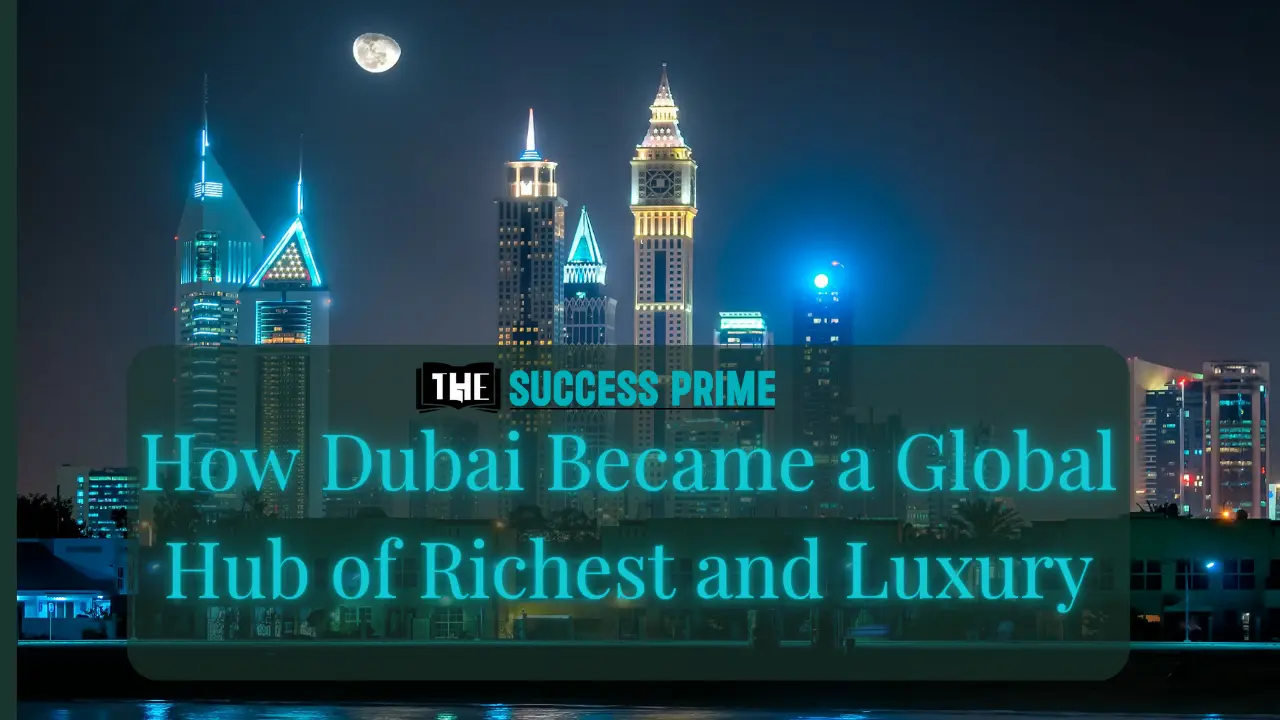
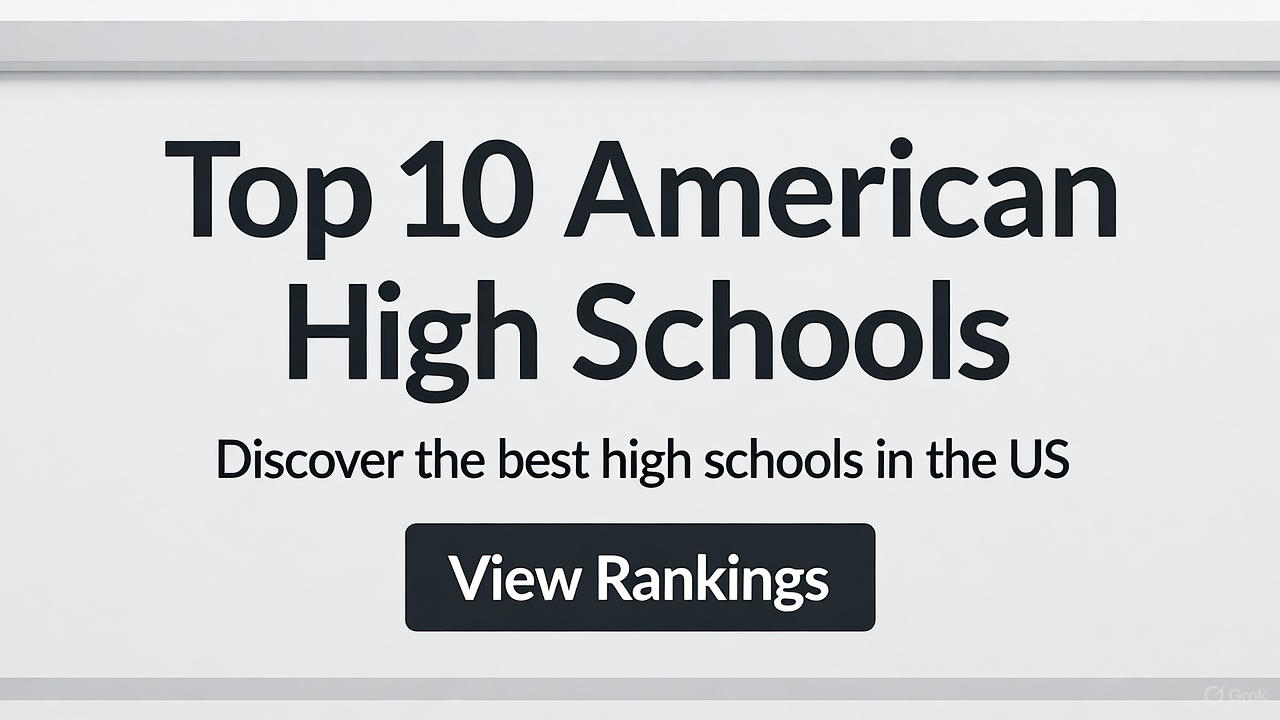

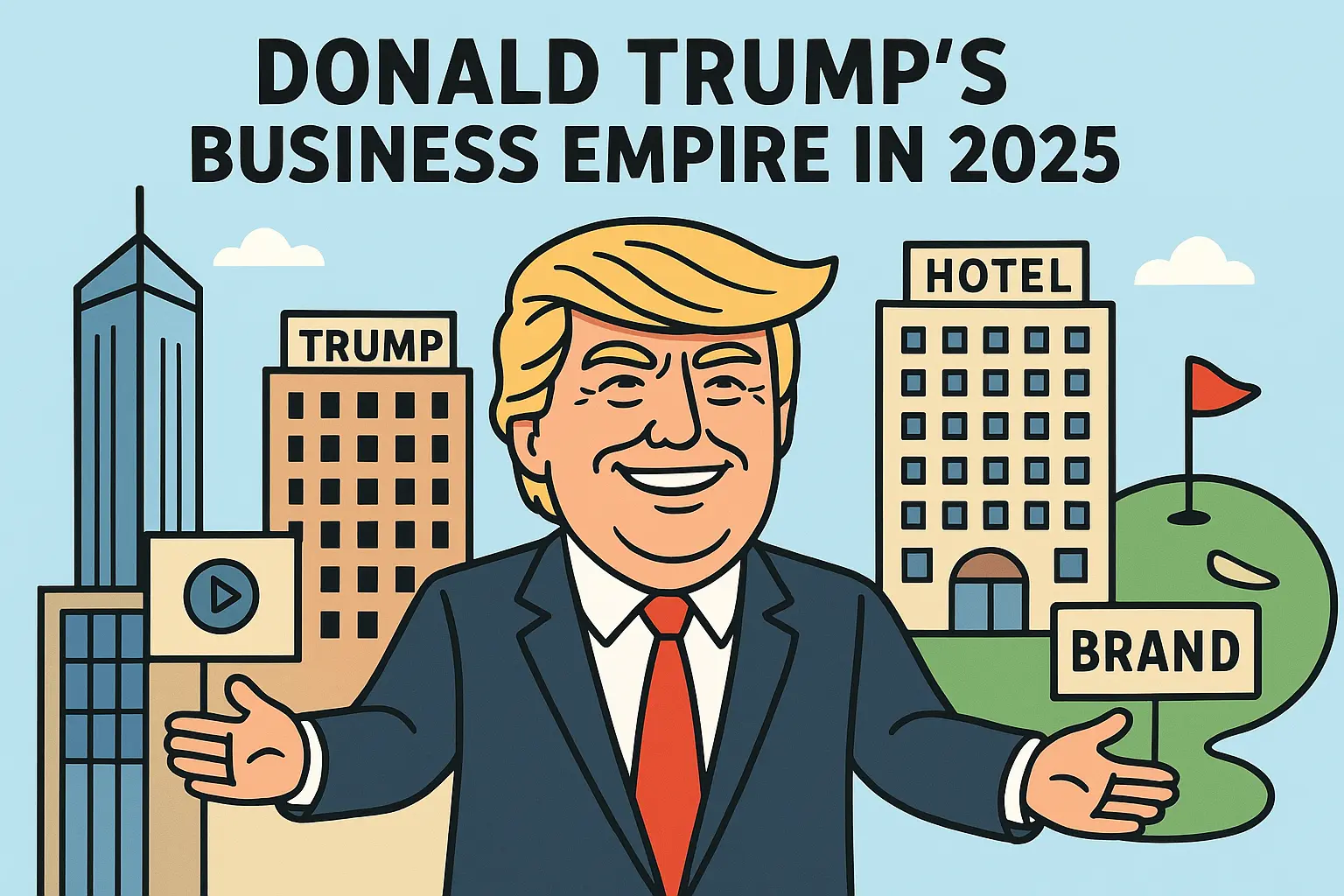


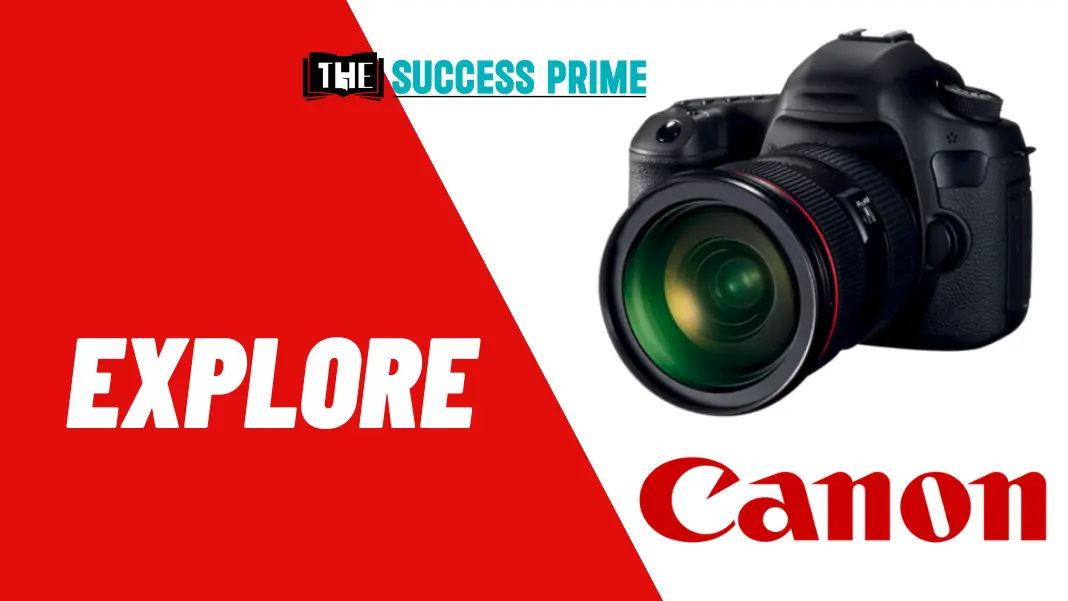


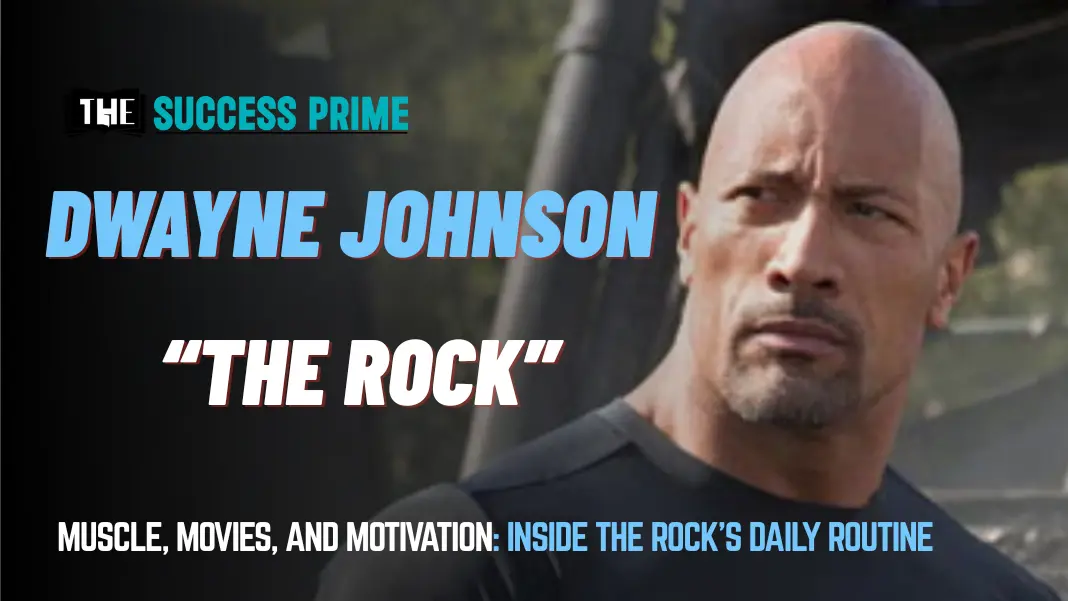

Leave a Reply